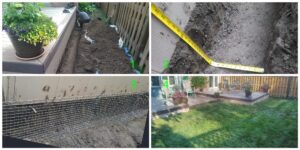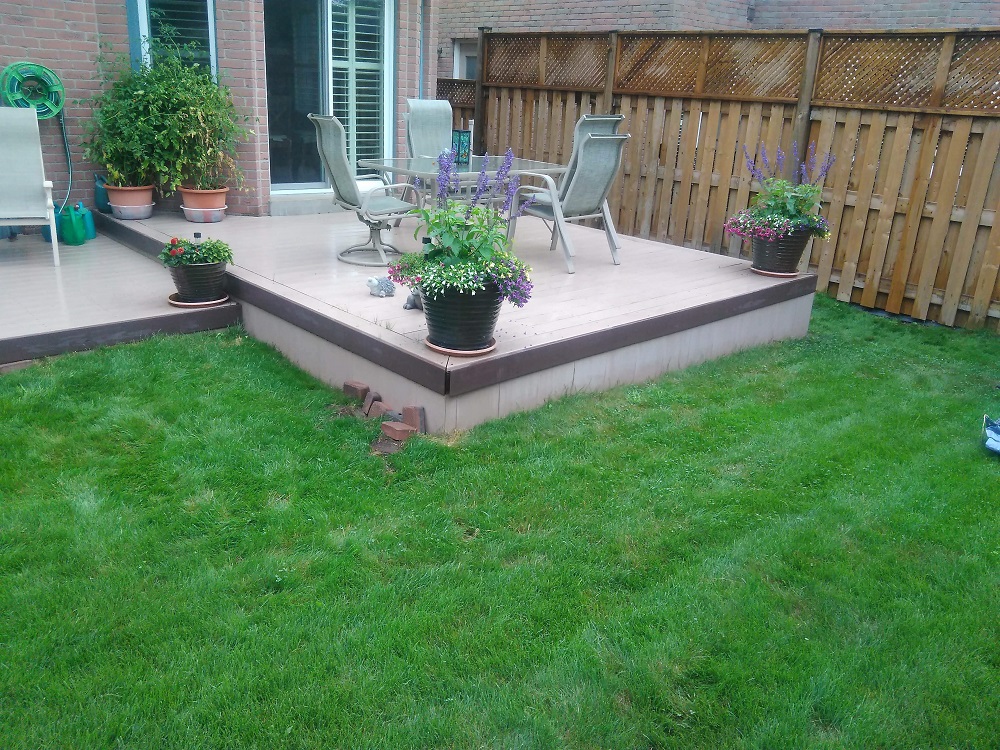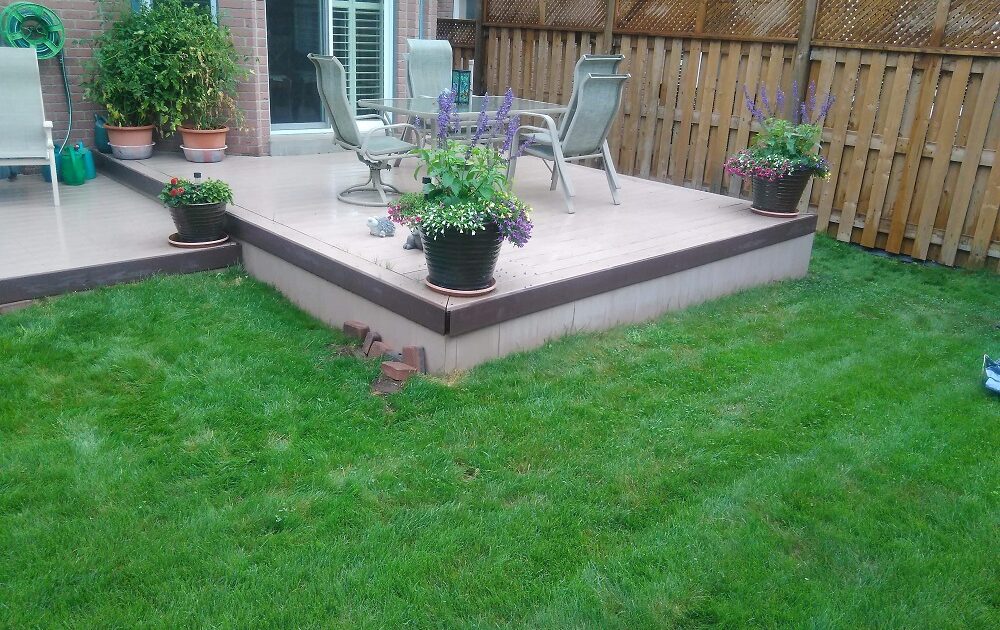Wildlife seems to have a knack for finding its way into places that you don’t expect or want it to be. Raccoons will climb walls to get into your attic. Squirrels will chew through roof vents to gain entry into your home. And skunks will dig under your deck and shed. These animals are not out to make your life difficult they are just looking for a convenient place to make a nest or den.
Why do Animals Like Hidden Areas Under Buildings?
Like us, animals want a safe place to live and raise their young. What better place to hide from predators than under a home? Decks and sheds are prime real estate for animals that like to dig and burrow because they are quiet, offer great protection from the elements, and are a warm cozy place to raise babies. Digging under a shed or deck is easy for a skunk and with just a little bit of effort, they can quickly make themselves a comfortable den site where they will not easily be disturbed or threatened by predators.
Why is it so Challenging for Wildlife Technicians to Remove Animals from Under a Shed, Home or Deck?
These spaces are incredibly difficult for wildlife technicians to access because they are close to the ground and there is not much room for a fully-grown person to move around. That makes getting wildlife out from under a home, deck or shed hard, dirty work. Most of our technicians would prefer not to be crawling around in the dirt and grime under a building trying to find a skunk or raccoon.
It is hard to see what is going on in the crawl space under a home and it can be difficult to identify the species that are living there from the digging alone. Our technicians often need to get up close and personal with wildlife under sheds and decks before they know what they are dealing with. And in the case of animals that like to dig and burrow, prevention is most definitely better than cure. Our technicians would rather do the hard work around your property to keep the animals out than try to remove them once they have made themselves comfortable.
Why DIY Doesn’t Work
Many homeowners think that wildlife control is simple and that they can do as good a job as any wildlife technician. If you are one of those homeowners, think again. At Skedaddle we have seen many homeowners try to take matters into their own hands and come up with their own wildlife prevention measures, and inevitably they fail and have to call in the experts. We have seen homeowners block up what they believe to be animal entry points with rocks, bricks, and wooden planks. Many homeowners don’t understand animal behaviour and they don’t always know where to look for entrances to dens, meaning they typically miss well-hidden entry points. Or if they do manage to close up all the entrances, they often end up trapping babies under the shed or deck, and this has tragic consequences. Homeowners also don’t realize that raccoons and skunks are stubborn animals and when you block one entrance, they simply move a few feet over and dig themselves a new one. Blocking off the underside of your deck with a patchwork of different materials will not necessarily be effective and it will leave your home looking unappealing and untidy. These are at best a temporary solution and the material can easily rot or fall down.
Why Trenching is The Answer
Trenching is a big job. Before we can even start digging and screening, we need to make sure that there are no animals living under your deck or shed. We evaluate the situation and carefully remove any animals and their offspring. We make sure that mothers and their babies are kept together or reunited as soon as possible. The use of one-way doors and baby boxes are common practice when evicting wildlife. One-way doors are installed over common entry points and once the animal leaves their den under the building the door slams shut behind them blocking their entry point. This should be enough to force them to move on to one of their alternative den sites in the neighbourhood. But this is only a temporary solution and if you don’t trench and screen the area, they will return.
Once the area is clear of wildlife, our team will cut sod the sod off the top to save it and replant it once the job has been completed. We then dig approximately a foot down and a foot wide to install heavy-gauge steel screen into the ground at a right angle. We do this because if the animals try to dig under your property again, they will not be able to find the bottom and they will most likely give up and move on. This is the best long-term solution to prevent invasive wildlife from making a home under your deck or shed.

Having read this blog you may think that trenching is an easy task and that you can simply do it yourself. But as we mentioned earlier, it is hard, dirty work. Trenching is extremely labour-intensive, and you will probably have to pull out a few massive tree roots or cut them off if they are too thick. If you want your trenching done right, it is best to leave it up to the professionals with the proper training and tools. Fortunately, our wildlife technicians know how to get the job done quickly and effectively, and they are not afraid to get down and dirty in the process.
Wildlife control and prevention is serious work and should never be taken lightly. If you want to keep your home wildlife free and live happily alongside nature, you need to ensure that you take the correct precautions. Skedaddle Humane Wildlife Control can help you secure your home and make sure that you do not have any unwanted guests moving in below your deck or shed. Call us today to remove any invasive wildlife from your home and place effective trenching around your property.





